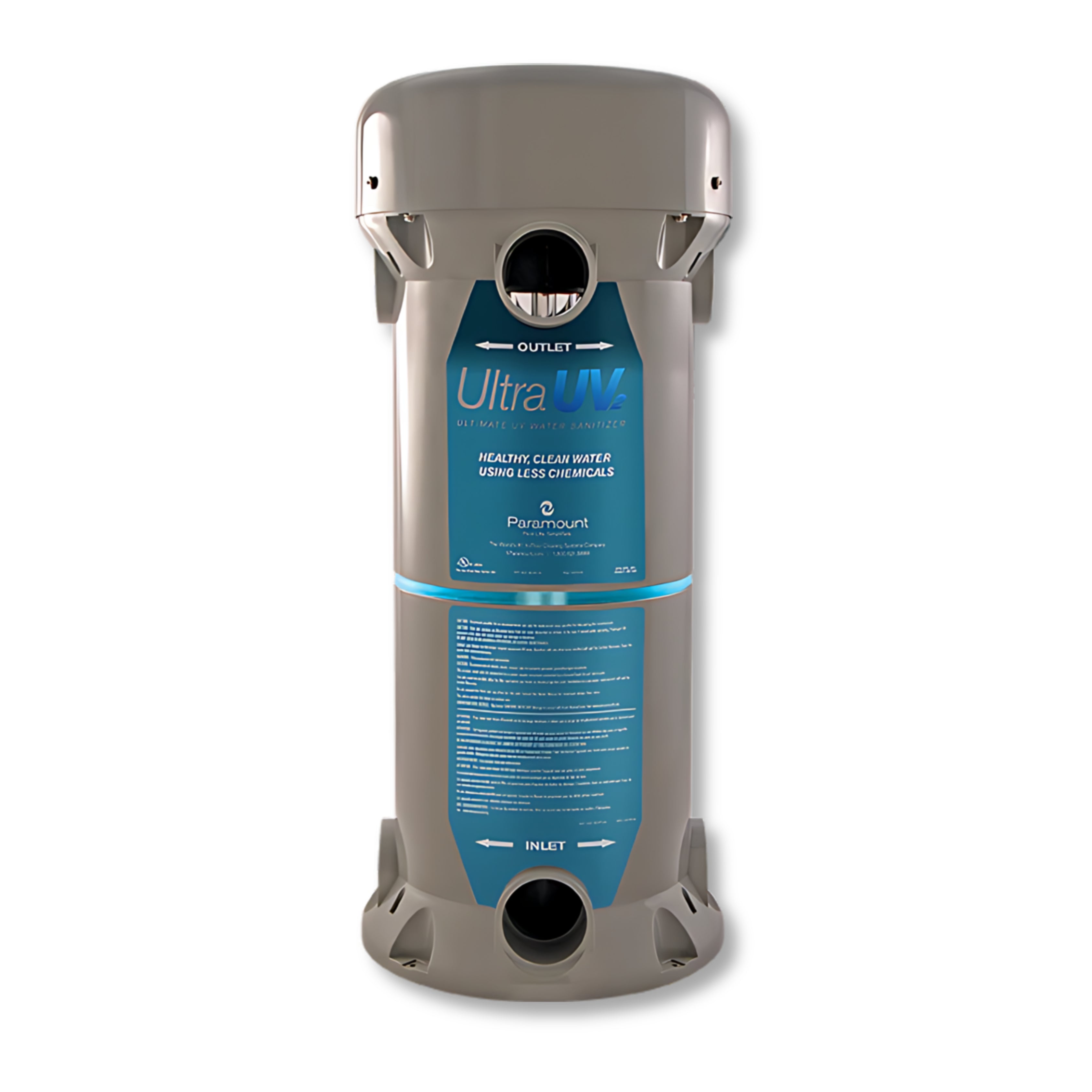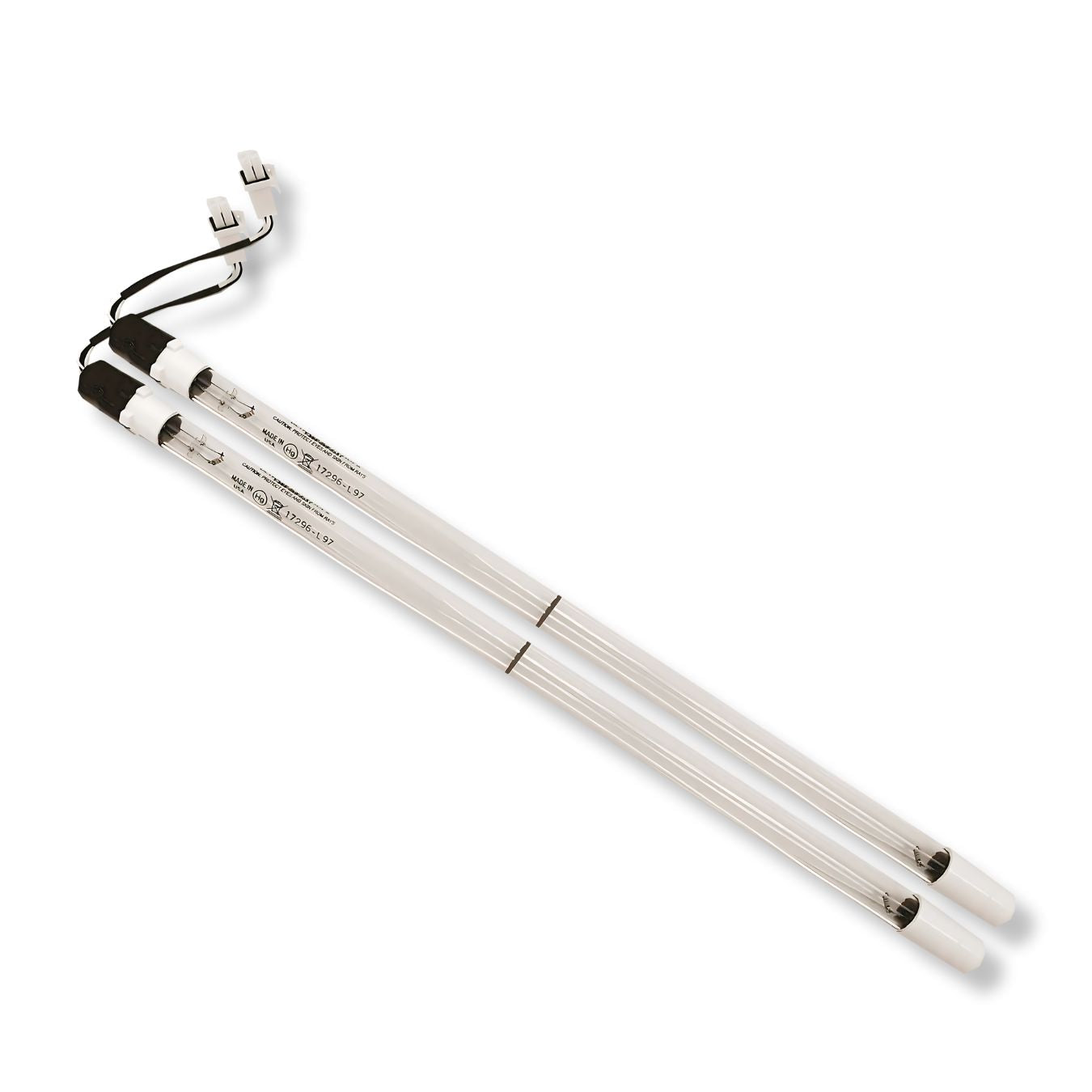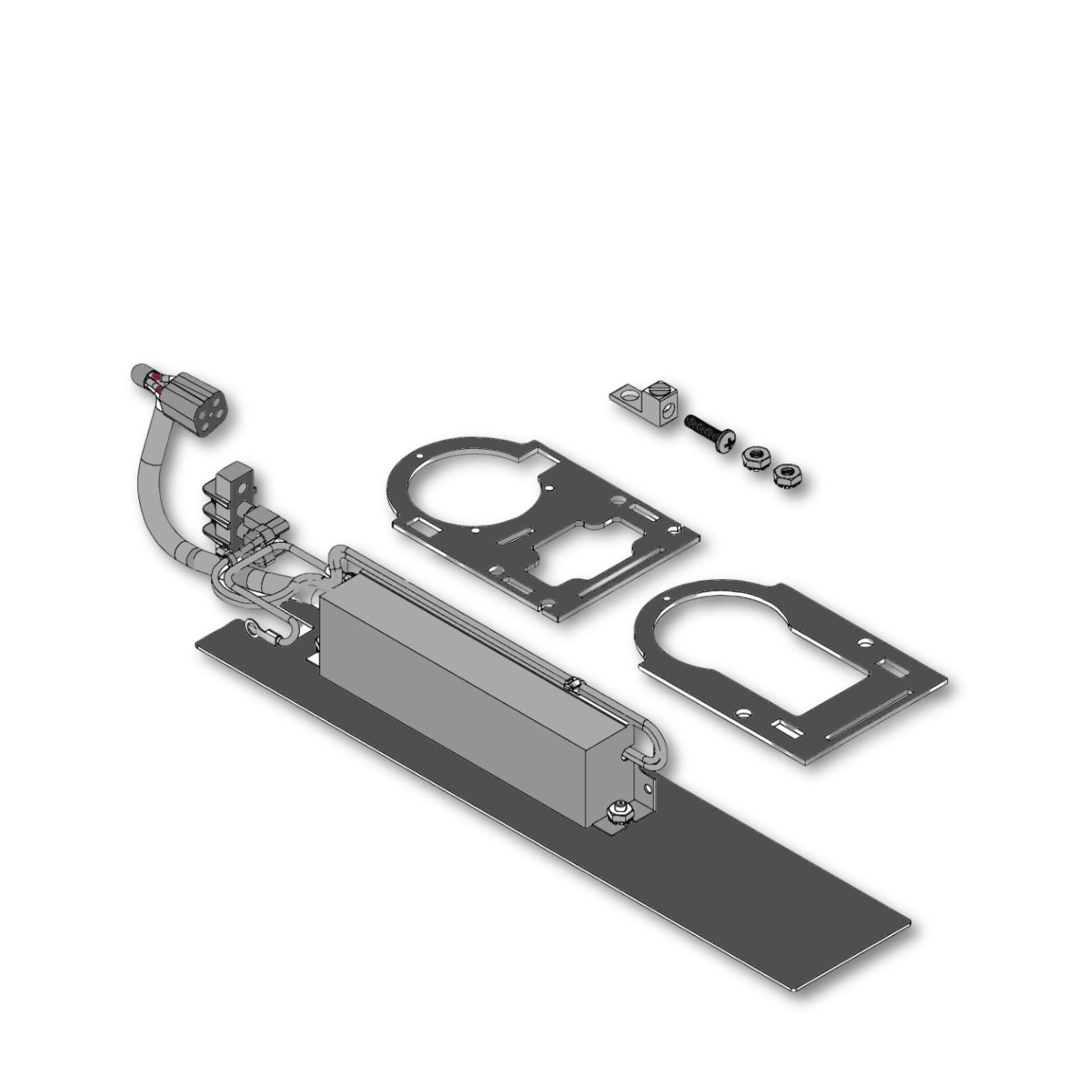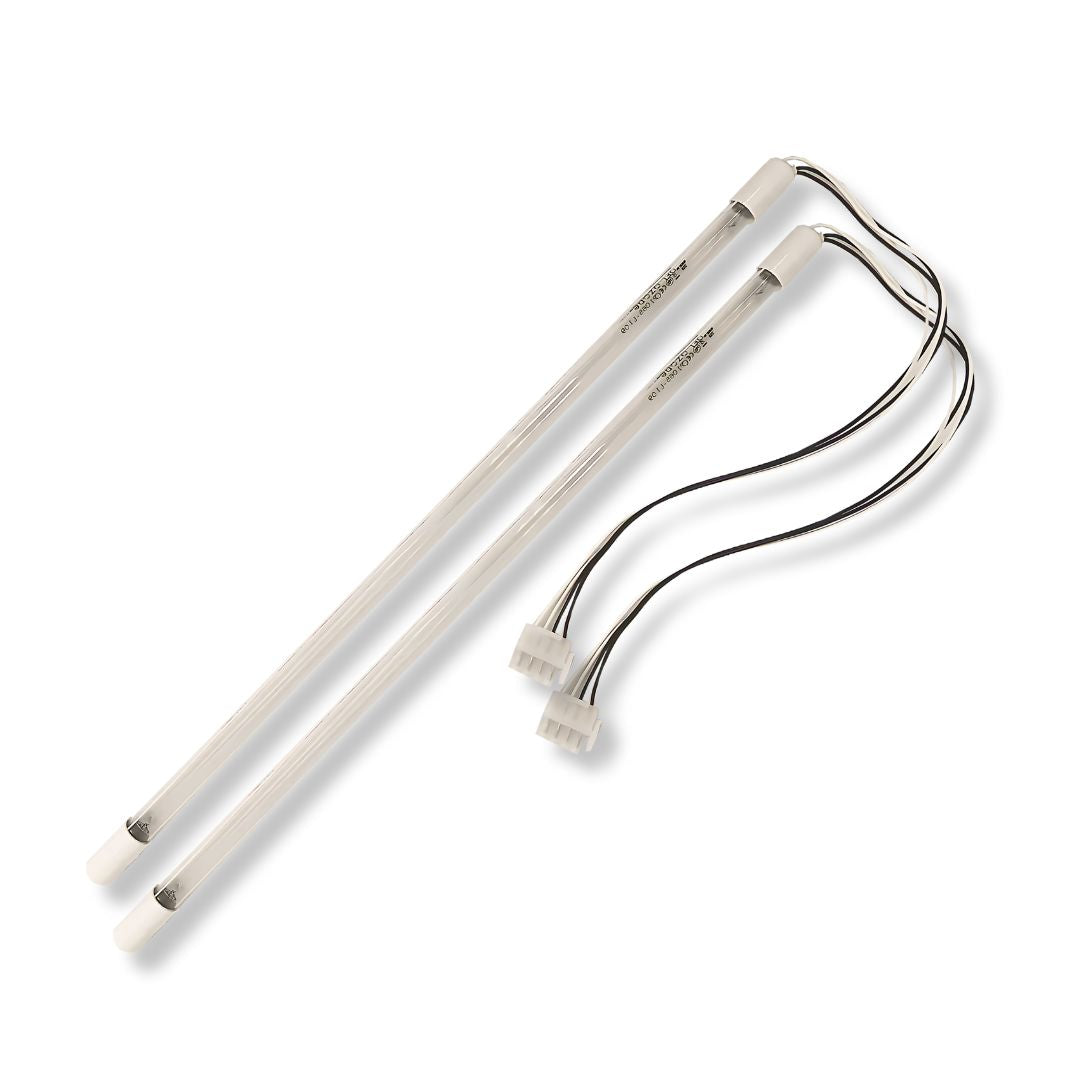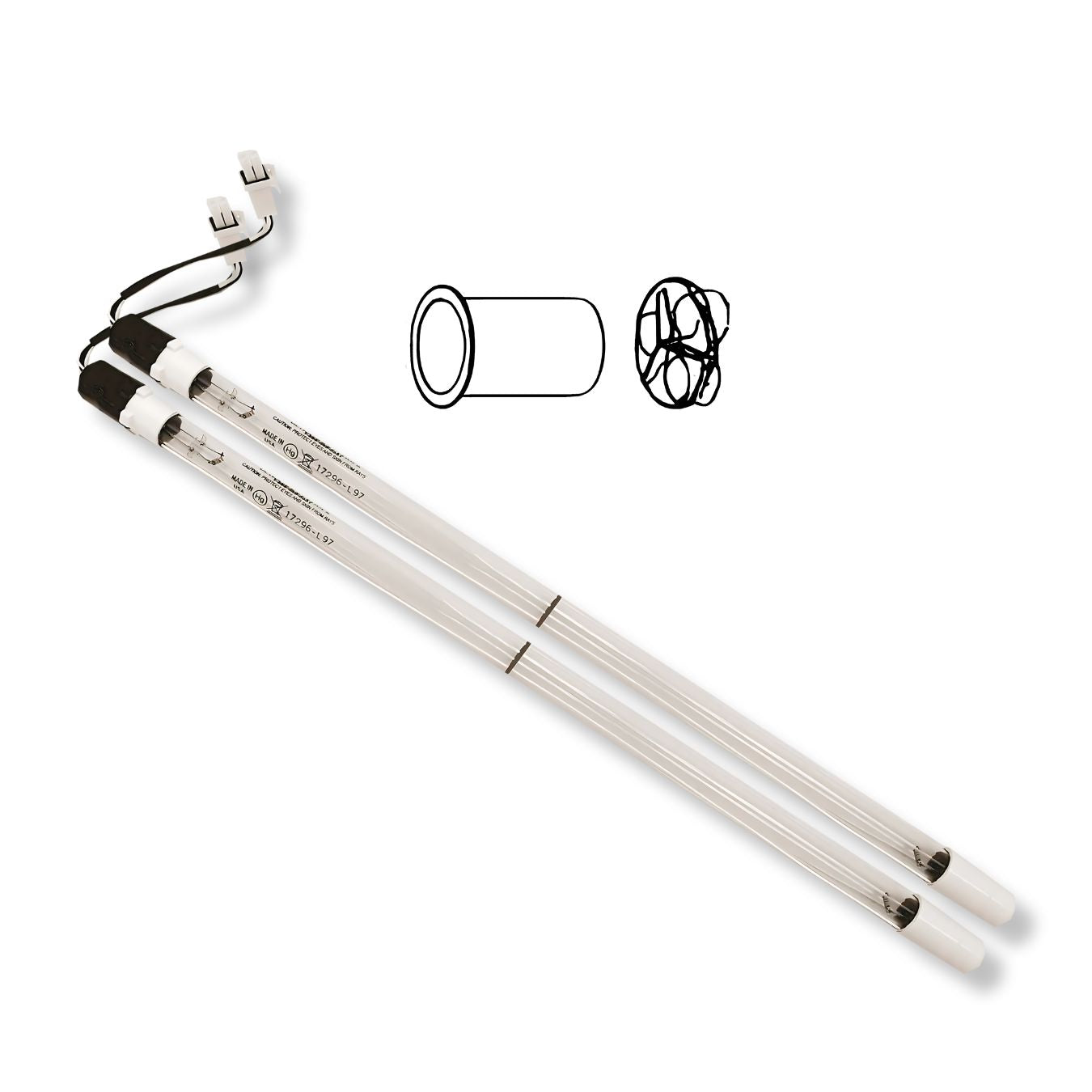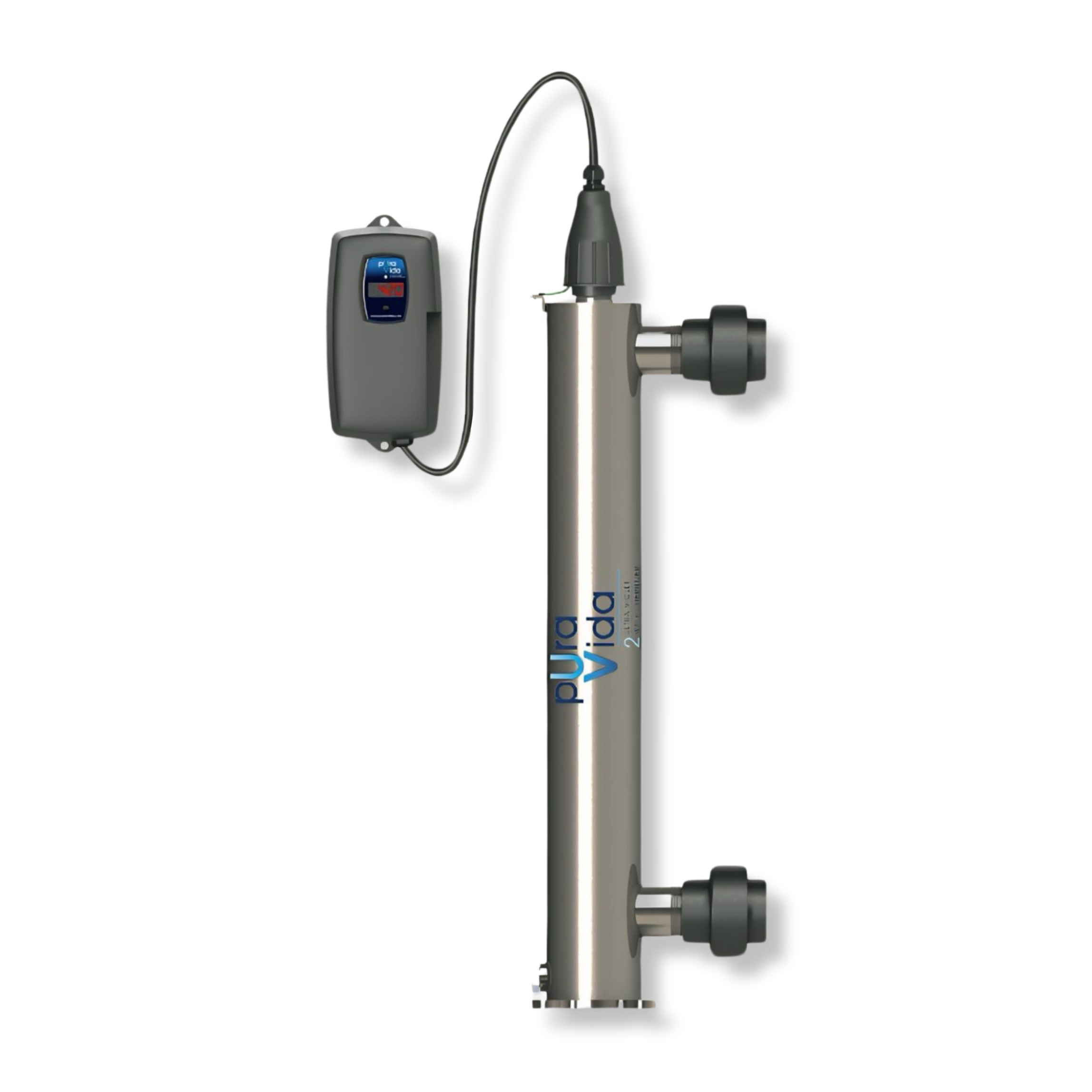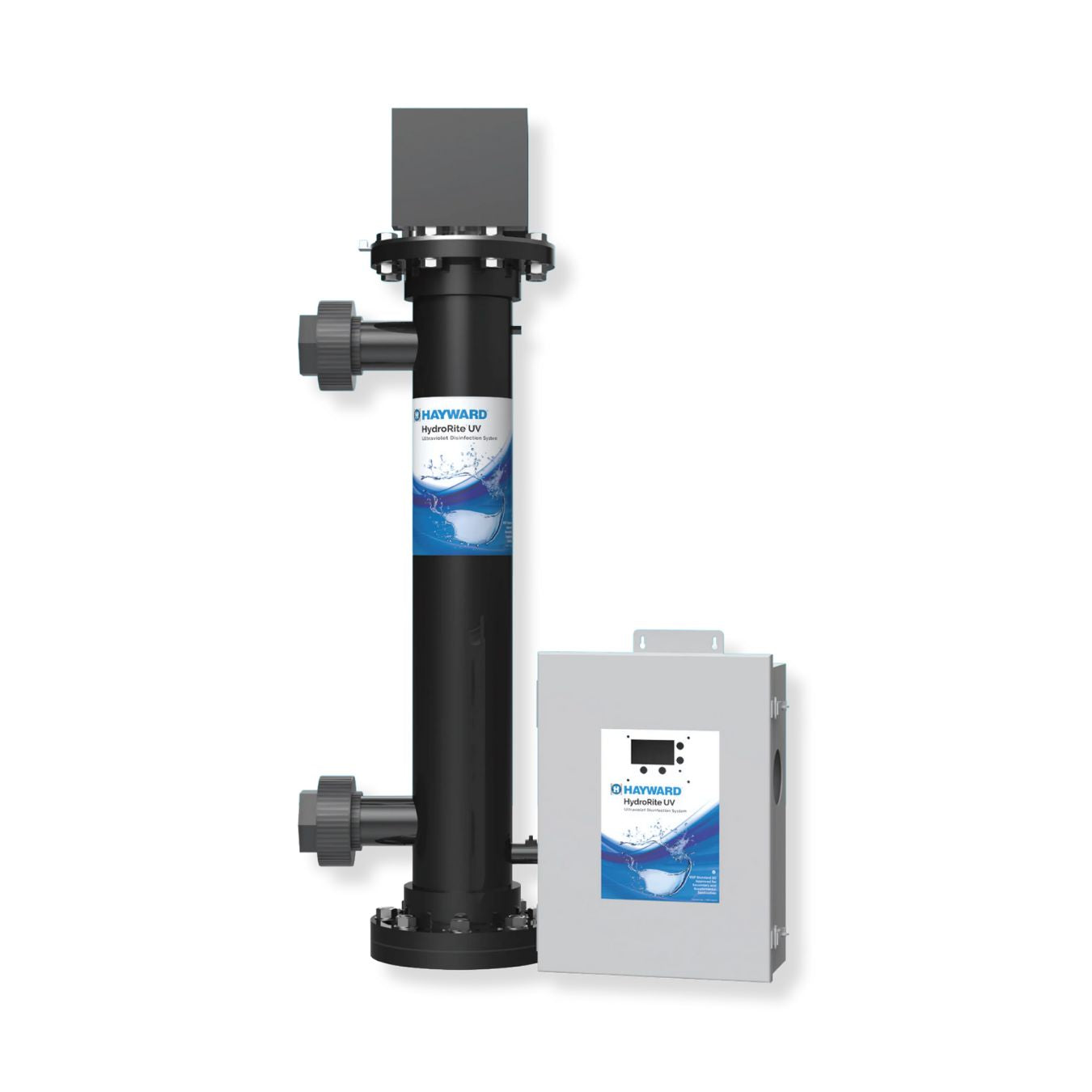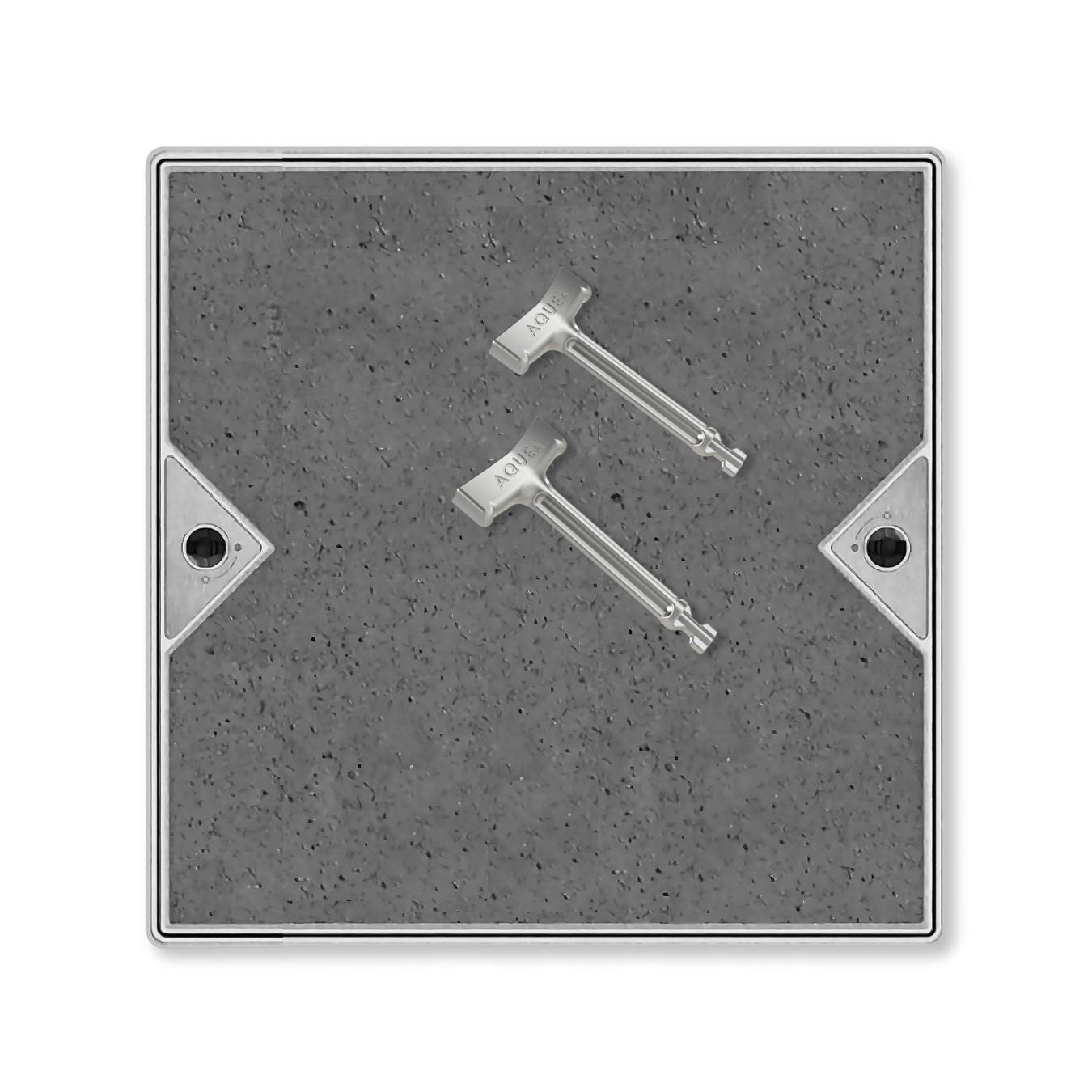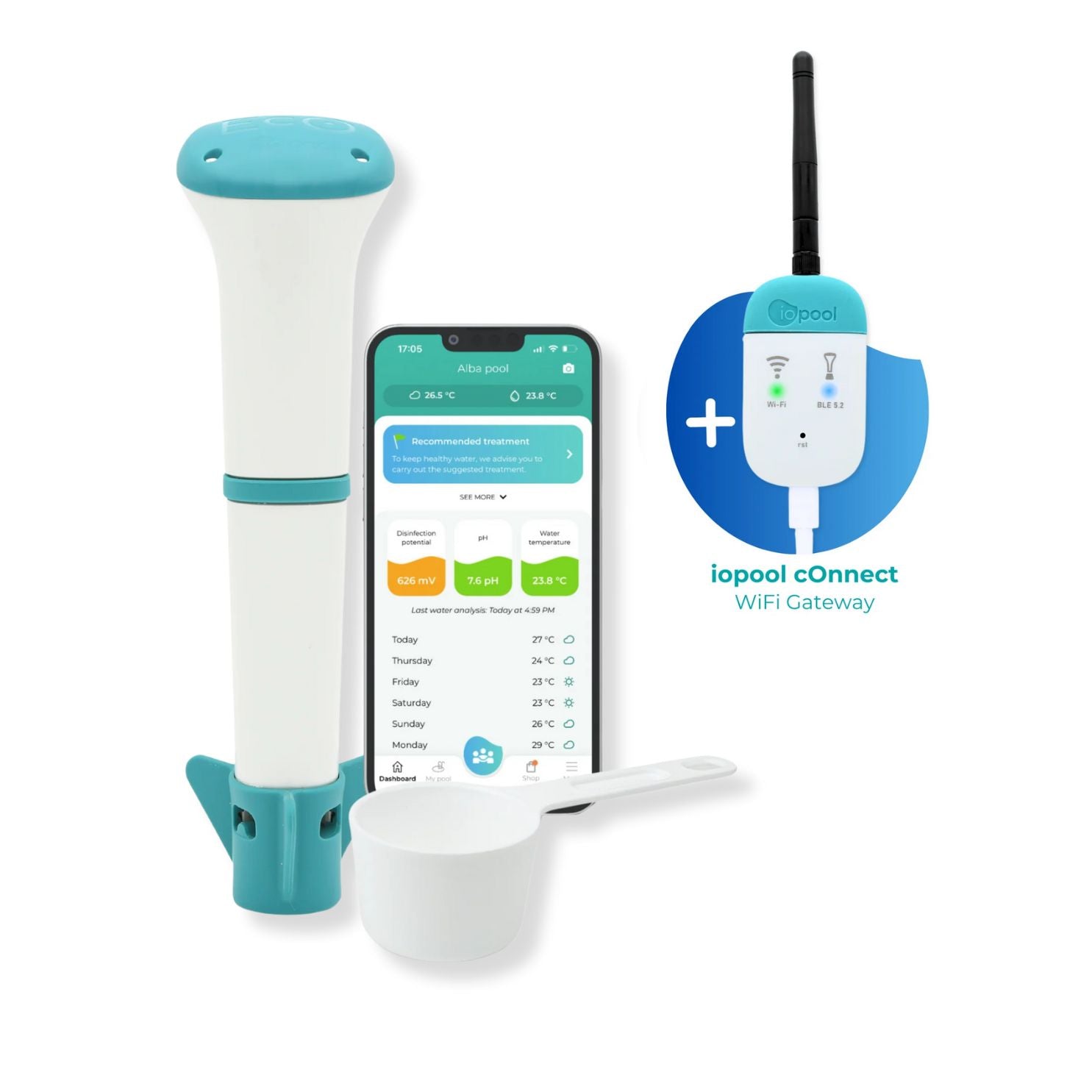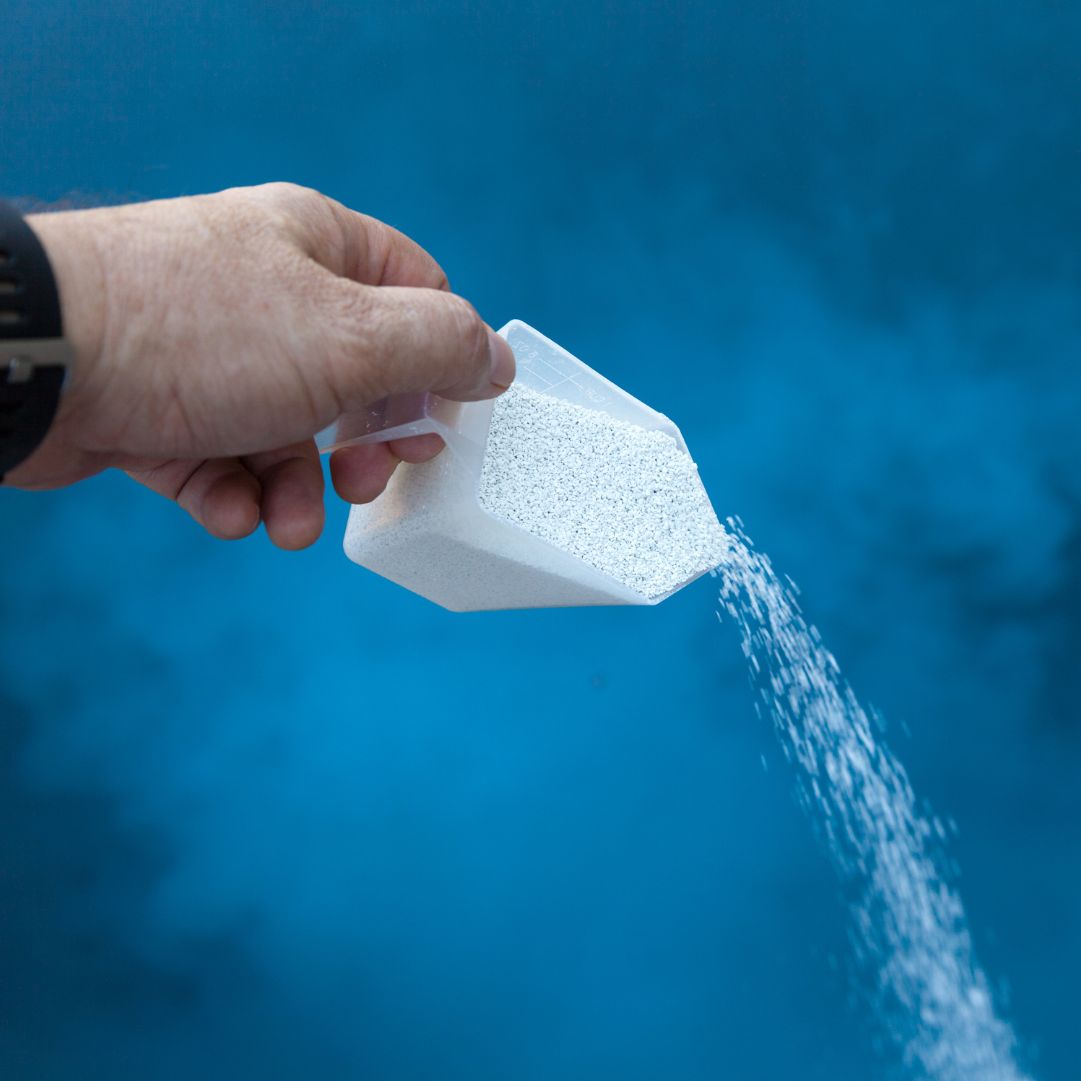
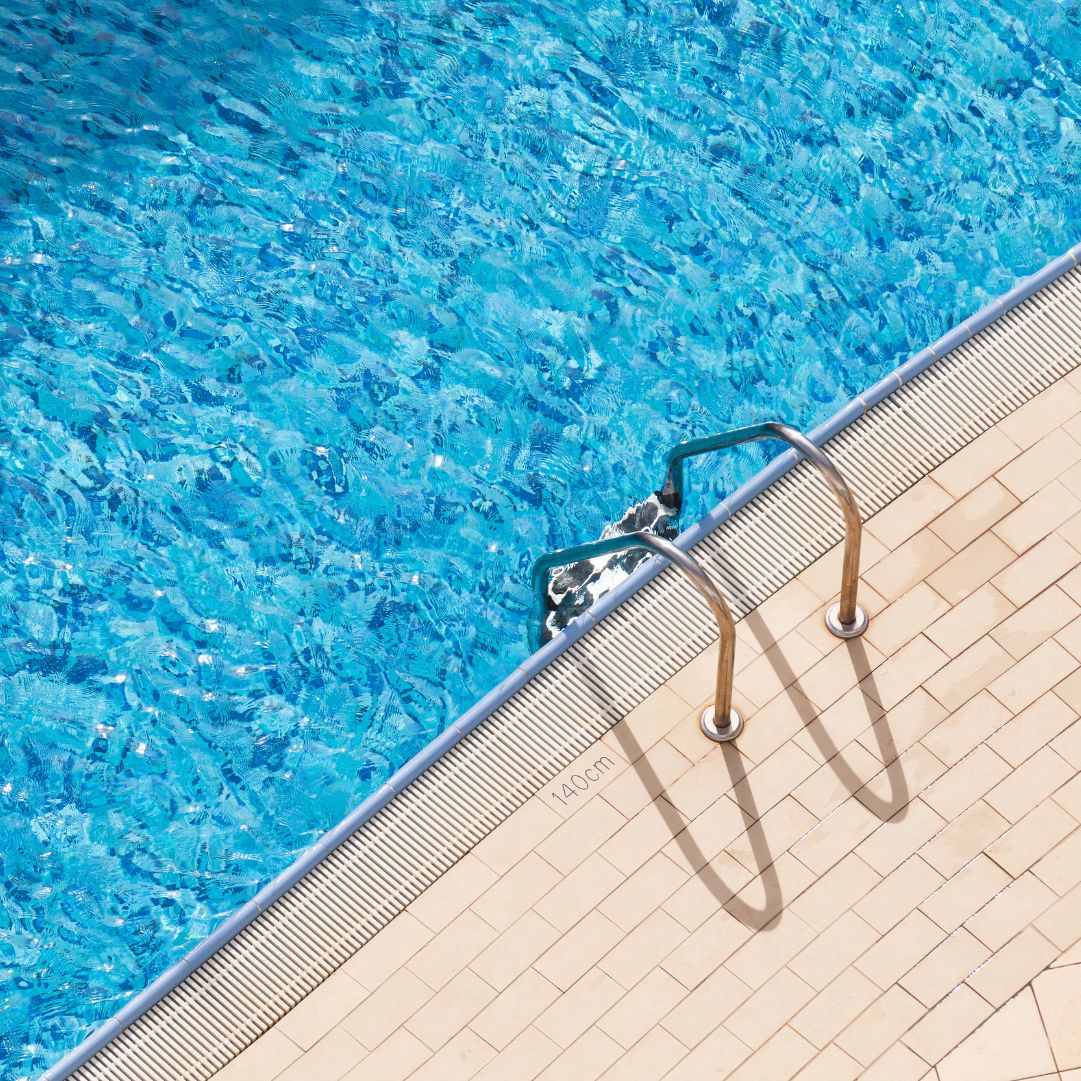
Salt Water vs Chlorine Pools
One of the biggest misconceptions about salt water pools is that they are free of chlorine. Salt is unable to sanitize a pool as is sometimes believed.
One of the biggest misconceptions about salt water pools is that they are free of chlorine. Salt is unable to sanitize a pool as is sometimes believed. In fact, salt is converted to chlorine through electrolysis. The salt cell (chlorine generator) is used to produce hypochlorous acid (HClO) and sodium hypochlorite (NaClO), which are the sanitizing agents already commonly used in swimming pools. Therefore, a saltwater pool is not actually chlorine-free; it simply utilizes a chlorine generator instead of direct addition of chlorine.
The good news is, there is an advantage to salt over straight chlorine. The cell that is used to generate the chlorine from the salt helps maintain a constant level of chlorine. If you are maintaining your own pool that does not have a salt system, or a chlorine injector, you are probably accustomed to dumping straight chlorine in your pool to get content levels to where you want them. With a salt system, the salt cell is constantly converting salt into chlorine at a relatively consistent rate. Furthermore, the salt generator means you no longer have to purchase chlorine, store it, or handle it.
Although pools with a chlorine generator are easier in the sense you no longer have to lug around chlorine and poor it directly in the pool, there is still considerable maintenance to consider. You must still be diligent about maintaining the chemistry of the pool. Therefore, you must still maintain proper levels of salt, and salt water pools often require adjustments to the PH by adding muriatic acid.
In addition, most salt system manufacturers suggest a maintenance schedule of every 3 months where the cell is removed and given an “acid bath”. This helps reduce the mineral deposits from collecting on the cell, rendering it unable to produce chlorine. Regardless of these procedures, the cell must be replaced eventually anyway, at a significant cost.
There has been a large push for salt systems in the pool industry. Pool owners have been lead to believe that the installation of a salt system will mean that their pools will be chlorine free, and therefore healthier. The advantage of a salt system is the convenience of having chlorine generated right on site, saving carting loads of chlorine from the store to poolside. In addition, although the water feels softer and gentler on our skin, there is a high level of saline that is present. This can cause significant corrosive issues for pool equipment.
When deciding on a type of sanitation, many pool and spa owners look to determine the differences between salt and UV; and the differences are significant. First, a salt system itself does not perform any sanitation function. It must first be converted to chlorine by salt generator (salt cell) using electrolysis. A UV system adds nothing to the pool water. As the water passes by the UV-C lamp, the UV rays (254 nm) kill or inactivate microorganisms, leaving clean, clear, and safe pool/spa water. Unlike a salt system, there are no corrosive elements remaining in the pool, harming pool equipment.
The good news is that you can still use your salt system with a UV sanitizer. If you have a salt water system that is currently functioning properly, there is no need to eliminate it completely. With a UV sanitation system we recommend you maintain a low level of chlorine (0.5 PPM – drinking water standards). By dialling back the chlorine generation on your salt system, you can easily maintain the minimum amount of chlorine. This will not only serve to reduce the chemical content of the pool, but it will greatly extend the life of your salt cell.
If you do not own a salt system currently, we do not recommend you add one just for the purpose of easy dispensing of chlorine. A good chlorine injector will do a great job for you, without the addition of saline to your water content.

